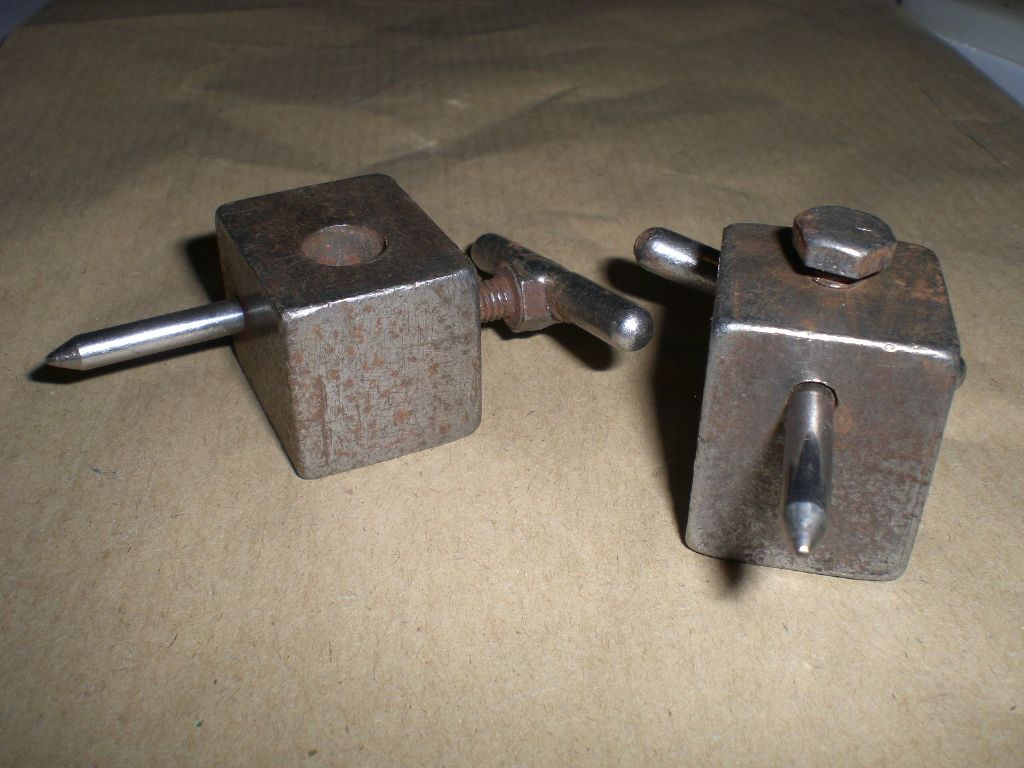Hi, back in the 70's and 80's and when I worked for my old company, we used Deloro Stellite with the ground finish quite regularly, but not for welding. We used to have it in abundance in 3/16" diameter in the stores and it made very good scribers. It was in about 10" or so lengths, but the downside was it was a bit brittle and if you pushed on it too hard you would break the point off and had to resharped it, but it would cut through the mill scale on blue steel a treat.
I made a couple of simple trammel points using a couple of short bits for the points back in the mid 70's and have still got them. See photo below.

I can only ever remember welding with Stellite once and that was at college as part of the course work for C&G advanced gas welding. We had an exersize of bulding up lathe tools for the college machine shop.
I think I've still got a couple of lengths in my garage somewhere. Windy's link is usefull, and if you click on the Deloro Stellite like within it and then on hard facing alloys and then welding rod, you can download a PDF with all the specs.
Regards Nick
Sub Mandrel.






